AWS vs. Azure vs. Google Cloud: Comparing Cloud Platforms
Kaseya
MAY 13, 2021
In a public cloud, all of the hardware, software, networking and storage infrastructure is owned and managed by the cloud service provider. In this blog, we’ll compare the three leading public cloud providers, namely Amazon Web Services (AWS), Microsoft Azure and Google Cloud. Amazon Web Services (AWS) Overview.



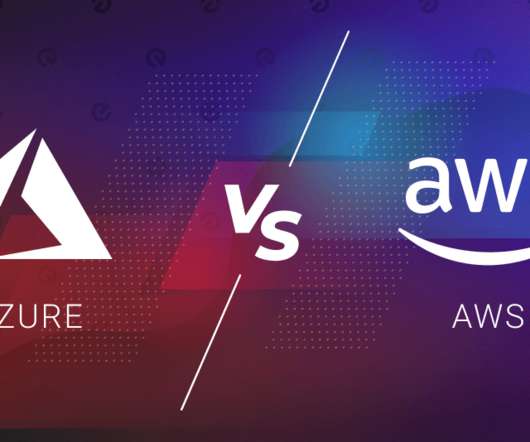



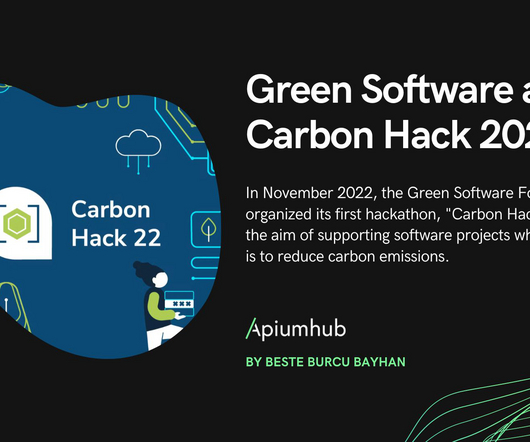








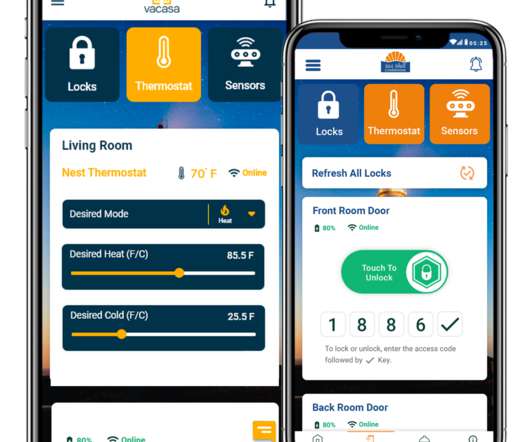

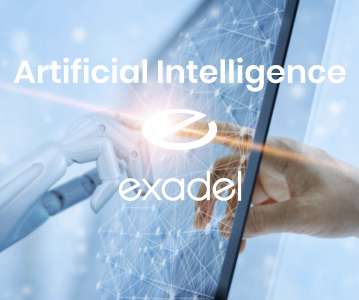
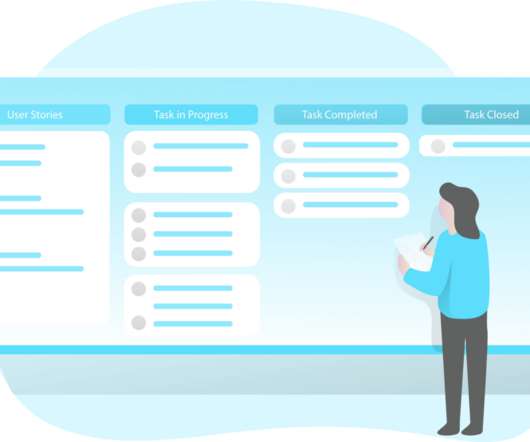









Let's personalize your content